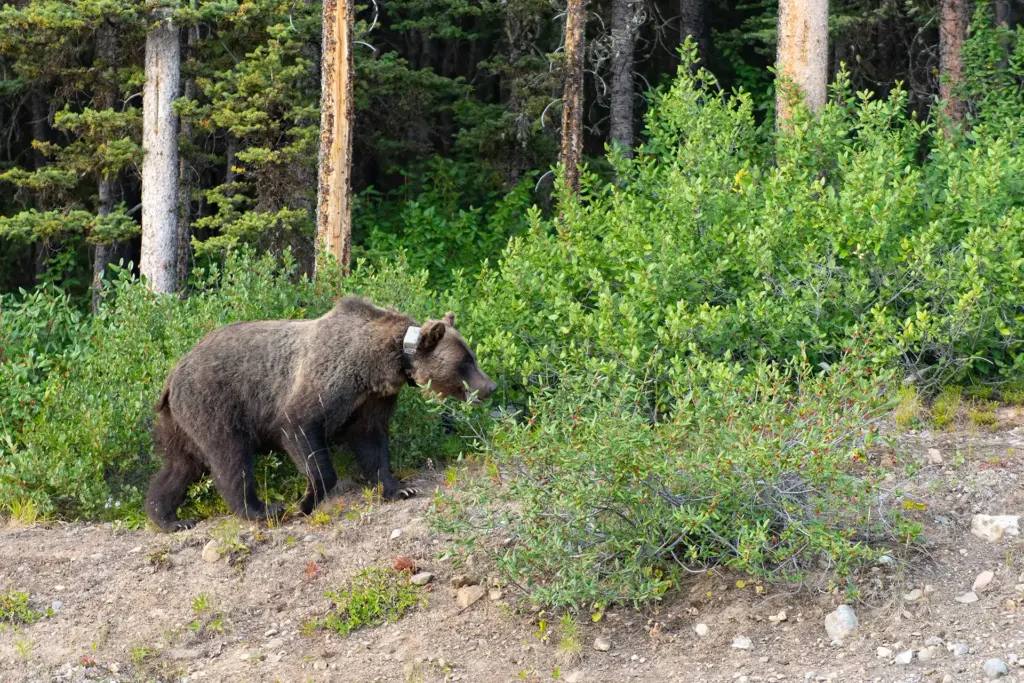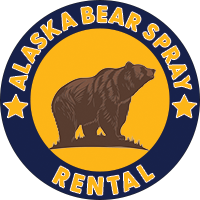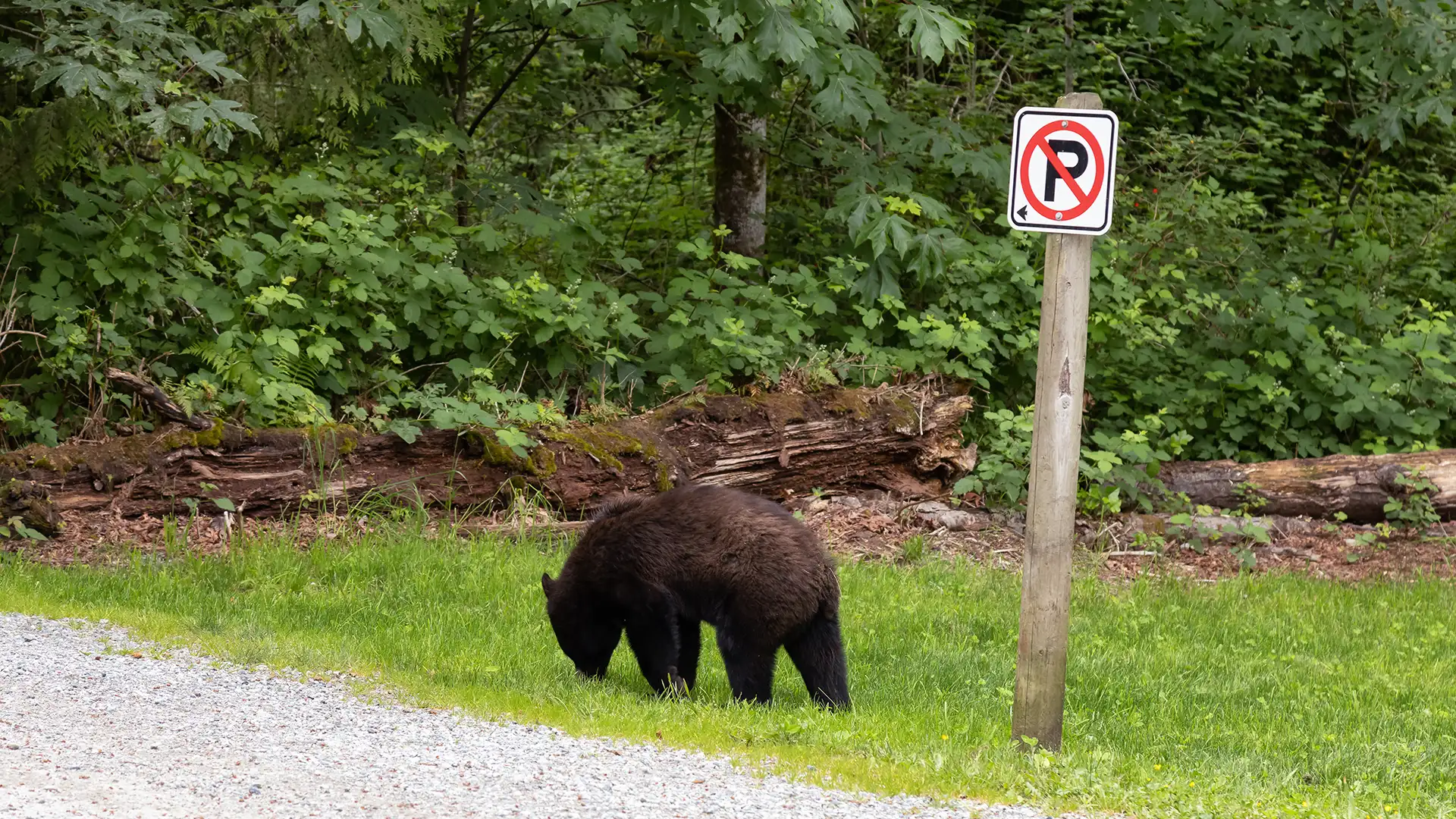The City
Anchorage is home to almost 300,000 Alaskans, which represents about 40% of the state population. In 2022, 1.8 million people traveled through the international airport here. People from all over the world use this city as a starting point for their Alaskan vacation. With easy access to hiking, camping, and wildlife viewing, Anchorage offers visitors ample things to do outside. Even with all of the activity in and around the city, it is home to a healthy and unique population of bears. This is because, even though Anchorage itself is very large in size, little of it is home to humans. The municipality encompasses almost 2,000 square miles, just over 10% of that is occupied by people, the rest belongs to the wildlife.
The Bears
What makes these bears unique? Anchorage is the largest known city in the world with a resident brown bear population. According to Rick Sinnott, a state of Alaska wildlife biologist, “No other large city in the world is inhabited by grizzlies or brown bears. Most cities wouldn’t stand for it, but here they’re accepted. We brag about our bears.” Not only is Anchorage home to over 55 brown bears, but there are around 250-350 black bears as well. They can be spotted walking through a neighborhood or in Anchorage’s parks and trails. I myself have seen both kinds of bears right outside my house. If you are lucky enough to spot one of these bears it is important to keep your distance and carry bear spray.

The Alaska Department of Fish and Game conducted a study in 2012 and 2013 that sought to gain more insight into these bears. The department fitted 9 bears with collars that could track their location as well as capture video. The data collected is used to help inform the state’s management of these urban bears, and the video captured provided an insight into their behavior. The data showed that the bears have a great home in Anchorage, with many natural sources of food that they enjoy. The data also showed that human sources of food will often attract the bears into the city. Items such as improperly secured trash, birdseed, and animal food are all common attractants to these bears.
The Problem
The problem with such a large number of bears and people living in close proximity is obvious. Bears and humans compete for some of the same resources and, like my three year old, bears don’t understand sharing all that well. Once they find a human source of food, the bears will continue into town in search of it. Bears will enter open garages or rummage through your campsite if given the chance, so it is important to always be aware of any opportunities you might be giving the bears.
What To Do
Preventing the association of humans with food is the best thing you can do for the wildlife. Be sure to properly store food while camping, consolidate and dispose of trash, and enjoy any bear sightings from a respectable distance. It is also important to be aware of your surroundings! Bears can climb high into trees to rest, so as you are looking around don’t forget to look above you. Lastly, always carry a bear attack deterrent and be able to access it quickly. While bear attacks are rare, steps can be taken to mitigate a chance of a negative bear encounter. Now go enjoy the outdoors safely and respect the bears.
Data and facts for this article were derived from the following sources:

